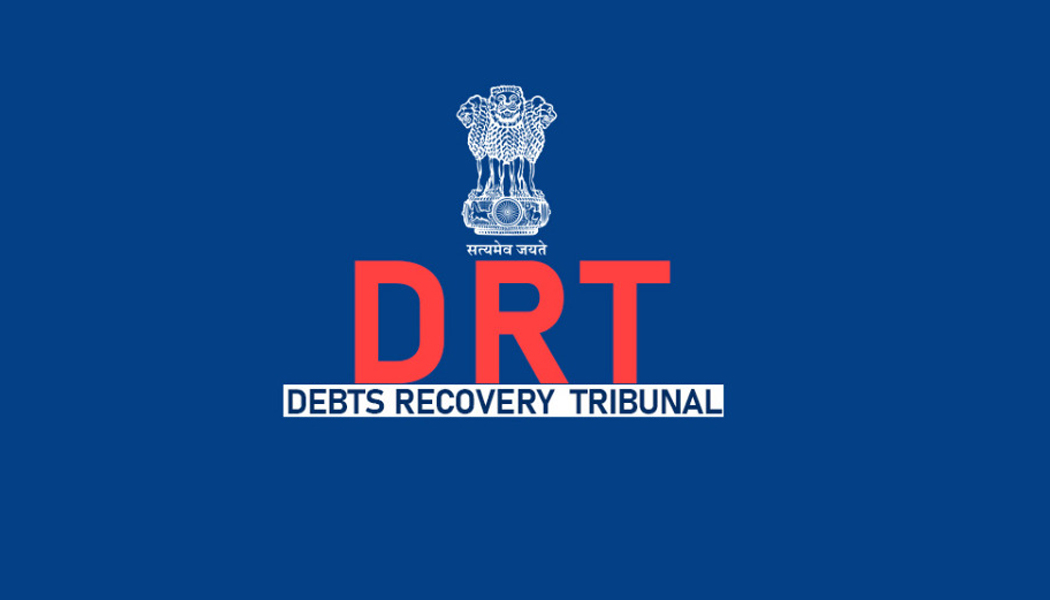
When can a borrower approach DRT?
A borrower in India can approach a Debt Recovery Tribunal (DRT) under certain circumstances where they believe they have valid grounds to contest the actions taken by a bank, financial institution, or other creditors. The primary role of DRTs is to provide a forum for the expeditious recovery of debts by creditors, but borrowers also have the right to approach DRTs to address grievances related to loan defaults or any actions taken by creditors. Here are some situations in which a borrower can approach DRT:
1. Contesting the Default:
If a borrower believes that they have not actually defaulted on their loan payments or if there is a dispute regarding the default amount, they can approach a DRT to contest the claim made by the creditor. The borrower can provide evidence to demonstrate that they have made the required payments or that the default amount is incorrect.
2. Challenging Actions by Creditors:
If the creditor has taken actions that the borrower believes are unfair, illegal, or not in accordance with the terms of the loan agreement, the borrower can approach the DRT. This could include challenging actions such as the initiation of recovery proceedings, foreclosure on collateral, or any other actions that negatively affect the borrower’s rights.
3. Setoff or Counterclaims:
In some cases, a borrower might have valid counterclaims against the creditor that can be used as a defense against the debt recovery proceedings. For example, if the borrower has suffered financial loss due to the creditor’s actions or misrepresentation, they can raise these counterclaims in the DRT to offset the outstanding debt.
4. Defective Loan Documentation:
If the borrower believes that the loan documentation, including the loan agreement, terms and conditions, or security documentation, is defective, misleading, or not legally enforceable, they can approach the DRT to challenge the validity of the debt.
5. Violation of Regulatory Guidelines:
If the creditor has violated regulatory guidelines or engaged in unfair practices while disbursing the loan or handling the borrower’s account, the borrower can approach the DRT to seek redressal.
6. Violation of Due Process:
If the borrower feels that the creditor did not follow due process while initiating recovery proceedings, such as not providing proper notice, not providing an opportunity to be heard, or not following the legal procedures prescribed under the relevant laws, they can approach the DRT to challenge such actions.
7. Seeking Restructuring or Relief:
In cases where the borrower is facing genuine financial difficulties and is unable to repay the debt, they can approach the DRT to seek restructuring of the loan or other relief measures that could help them manage their financial obligations.
Procedure for Borrower to Approach DRT:
- The borrower should gather all relevant documents, evidence, and information related to the loan, default, and any actions taken by the creditor.
- Consult with a legal professional who is well-versed in debt recovery laws to assess the situation and guide you on the appropriate course of action.
- Prepare a comprehensive representation that outlines your grievances, arguments, and supporting evidence.
- File a written application (referred to as a “written statement” or “counterclaim”) before the relevant DRT, responding to the creditor’s debt recovery application.
- Attend DRT hearings and present your case, providing evidence and legal arguments to support your claims.
- If the DRT finds in your favor, it may pass an order that addresses your grievances or alters the terms of the debt recovery process.
It’s important to note that approaching a DRT as a borrower involves a legal process that requires careful preparation, proper documentation, and an understanding of the relevant laws and procedures. Consulting with a DRT Lawyer in Indore or a legal professional is strongly recommended to ensure that your rights and interests are protected throughout the process.
